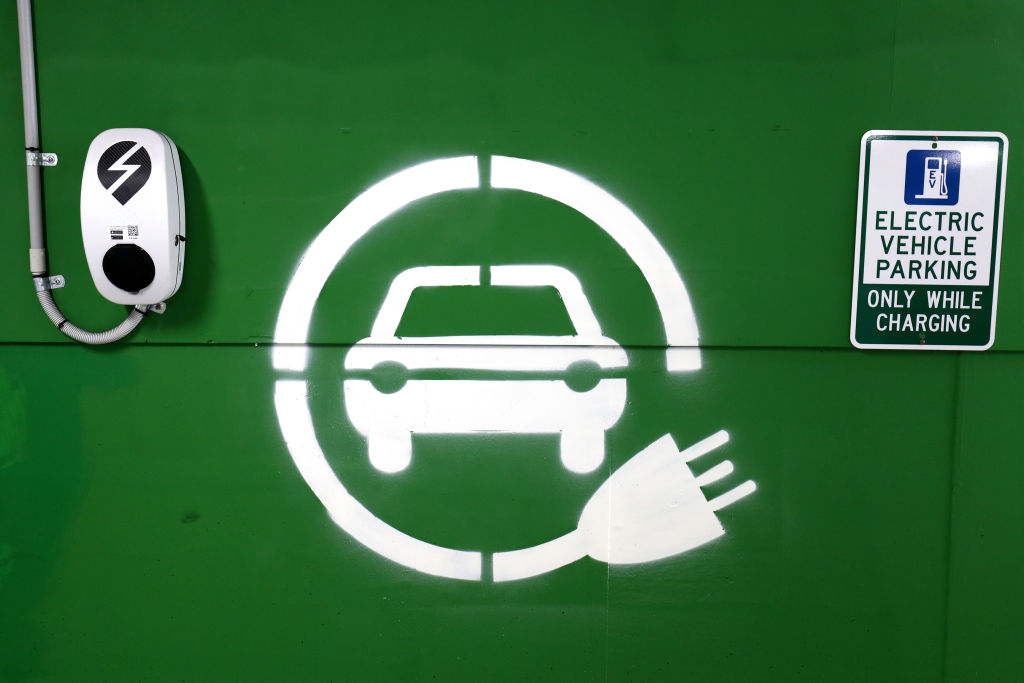
The Northern Territory has the critical minerals our nation, and the world, need—and the NT government is working hard to support their exploration and development.
The mining sector provides significant economic contributions and employment opportunities, especially in our remote regions. Capitalising on our natural resources while their demand grows worldwide is a priority.
Critical minerals will help tackle climate change and reduce emissions globally through the technologies they support. They are also crucial to Australia’s defence, and their supply chains must be secured.
There’s huge potential for mineral-rich nations to lead this journey, which presents an incredible opportunity for Australia, and especially for the NT, where these minerals are economically proven, produced and exported.
Our vast geological catalogue of critical minerals features aluminium, cobalt, copper, lithium, magnesium, manganese, molybdenum, nickel, phosphate, rare-earth elements, titanium, tungsten, vanadium, zinc and zirconium.
There’s also high potential for another 13 minerals—antimony, bismuth, gallium, germanium, graphite, helium, high-purity alumina, niobium, platinum-group elements, scandium, silicon, tantalum and tin—to be declared critical.
Already the Territory hosts the world’s largest producer of manganese, Groote Eylandt Mining Company. McArthur River Mine, operating since 1995, is the world’s fourth largest zinc mine, and Core Lithium’s Finniss project is Australia’s only producing lithium mine outside of Western Australia.
There are another nine critical minerals projects in the Territory at various stages of planning and development, including Arafura Rare Earths’ Nolans project, which has all major approvals in place and is now targeting final investment. Nolans, to mine phosphate and rare earths in central Australia, is on track to be the nation’s first integrated mine and rare earths separation plant.
Reaching these development milestones hasn’t been without challenges, and that will remain the case unless industry and government collaborate. It’s important to recognise that the industry is operating in an increasingly hostile environment because of general activism against the sector. Despite resource extraction enabling all our changed futures, this environment is in part due to a lack of trust by the community based on isolated events and the perception that the industry operates unsustainably, without the permission of traditional owners.
Access to capital and regulatory uncertainty are also proving challenging for the industry, particularly for junior companies without large commercial backing or the specialist expertise sometimes required to make sense of the evolving approvals landscape.
One challenge the industry experienced in the Territory has been addressed and the solution is showing great success. The remoteness of our natural resources has meant the NT is underexplored for critical minerals. Our $9.5 million Resourcing the Territory program awards co-funding annually to projects that address scientific knowledge gaps, advance exploration activity and support the discovery and development of resources.
The need to alleviate other challenges and operational pressures the industry faces is urgent. The Mineral Development Taskforce, established by the NT government in 2021, has been conducting a comprehensive review of the Territory’s mining regulations to identify efficiencies and improvements and is developing strategies to rebuild community trust and confidence. Its final report will be delivered soon with recommendations for the government to address these issues and general barriers to investment in new mining and downstream processing.
States and territories, particularly a smaller jurisdiction like the NT, can only do so much to create a positive investment environment. As multibillion-dollar funds to advance decarbonisation technology and renewable industries continue to be launched overseas, Australia must keep pace. The federal government can play a crucial role by rapidly developing the critical minerals industry sustainably so that it can deliver enough resources to match demand.
If it’s not feasible to stand up a fund to attract industry to Australia, many other practical solutions can be deployed. Building on the success of the Resourcing the Territory program, a similar fund could be established to continue government support at the feasibility stage. Government backing is highly favoured when investment decisions are being made, with projects more likely to progress to construction. Consideration could also be given to tax incentives to support downstream processing and manufacturing.
Given the remoteness of mineral activity, and the interruptions that can be experienced as a result, providing access to quality infrastructure will only increase output. Resilient transport routes, telecommunications and other common-use infrastructure will enable fast and secure supply chains from the point of extraction to processing.
The NT government is progressing its own world-class processing solution through development of the Middle Arm Sustainable Development Precinct. The project, with $1.5 billion of Commonwealth government support, will be home to low-emissions industrial processing linked directly to existing export infrastructure. Master-planning work is already underway to ensure the precinct meets the industry’s development needs.
In addition to practical solutions, there needs to be a promotional effort that the federal government must lead, particularly through Austrade and Export Finance Australia. Feedback from international stakeholders has told us in the Territory that the quality and volume of the critical minerals available across Australia are not well understood. International trade is crucial to all state and territory economies. The value of partnering with these federal organisations and showcasing our capability directly to our current and future trade partners cannot be underestimated and must be urgently progressed.
By working together, Australians have a very real opportunity to be at the forefront of the world’s critical mineral supply. There’s significant opportunity for each state and territory to contribute to our overall success. The NT government is pursuing all options to ensure the Territory is globally competitive and is excited by the opportunities for growth that developing this industry will provide.
On 12–14 April, ASPI, with the Northern Territory government’s ‘Investment Territory’ program, will host the inaugural Darwin Dialogue. The 1.5 track dialogue will bring together government, industry and academia representatives, including delegations from Japan and the United States, to discuss establishing secure supply and value chains for mining, processing and refining critical minerals outside China.










